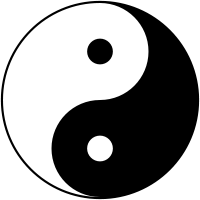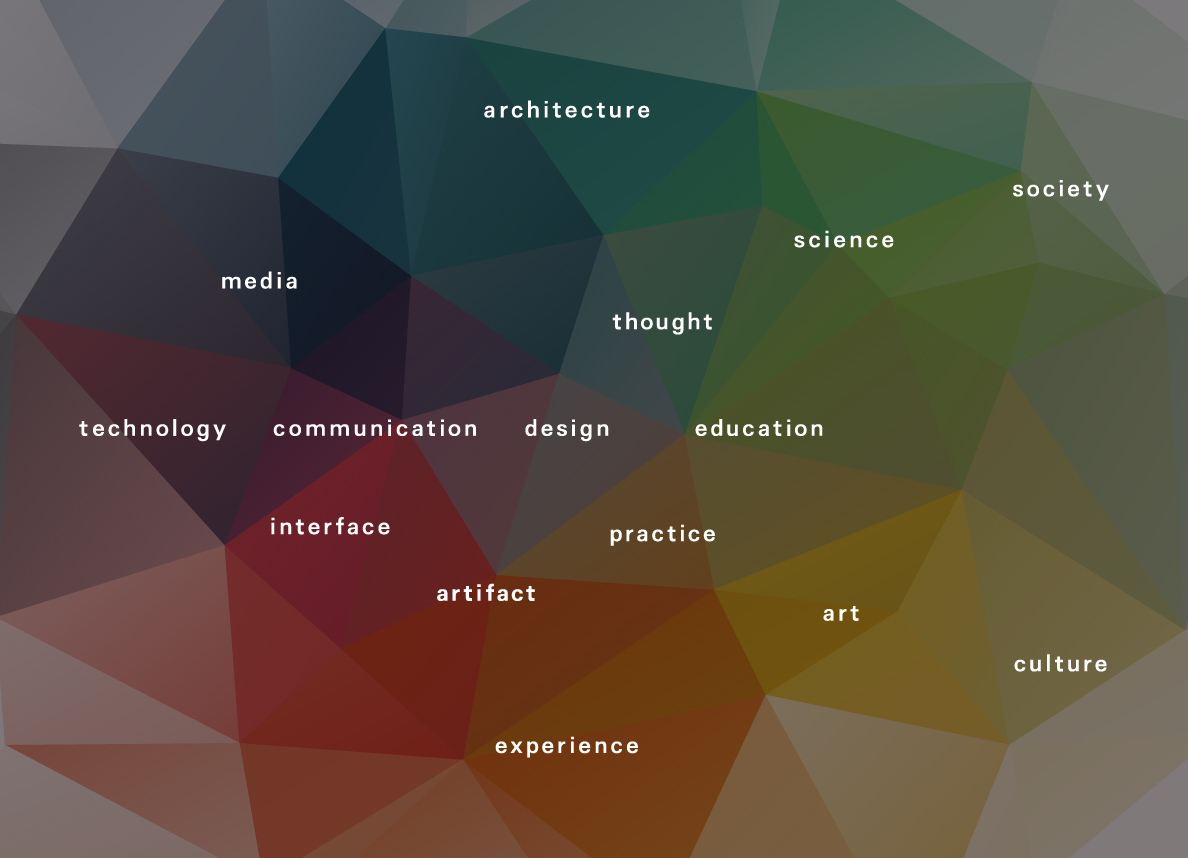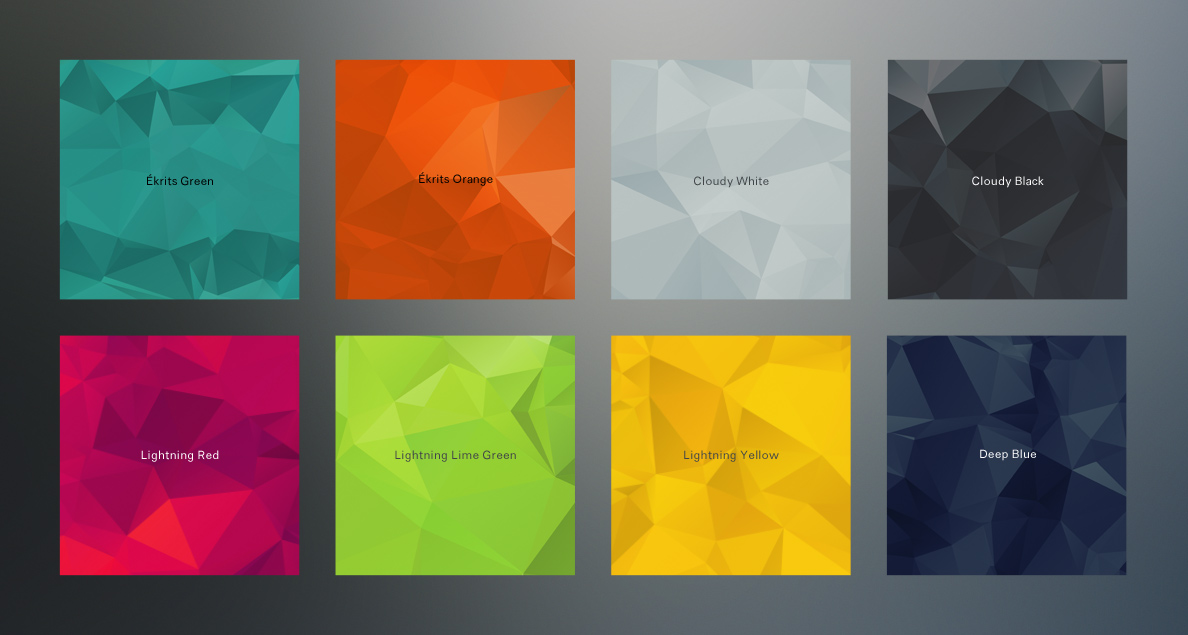Message from a Ghost Information Architect
A story that I wrote on Medium in April, 2014.
This is an open letter to Peter Morville, in response to his plenary talk at IA Summit 2014.
Dear Peter,
Thank you so much for your totally awesome talk. Just like the Lemur Book*1, it is an unusual journey into the emerging reality, a roadmap to our future, and a manifesto for us to get to grips with what we think / what we do.
These days I call myself a Ghost IA. As I don’t want to bother myself with the Big/Little IA hoopla any more, and you know I do less and less public appearance. It’s pretty comfortable, however, to stay silent as a ghost and just keep working on what I can confidently regard as information architecture.
That title might sound kidding, but I came to feel it’s not a bad one. Because, a ghost is essentially a “soul or spirit” (even though of a dead person or animal). I believe, as an IA, that we need it both at first and at last. Any theory, methodology or practice would not do real good without such soul or spirit (I got tempted to call it “philosophy” —— but I stop here for now).
It was really an invigorating moment when I got here in your talk:
You’re not alone. Really. Nobody understands information architecture. We don’t even know what it is. And that’s okay. That’s why we’re here.Peter Morville’s Closing Plenary at IA Summit 2014
Absolutely. Coming full circle, I’ve also come to see it. We can never define information architecture as a kind of permanent, that is fixed, point of reference. We cannot help but keep on reframing it through good conversation then sharing it with folks and stakeholders, both online and offline.
And then, I can’t help recapping about your pants 😉
- There will always be people who don’t like it when you change.
- Clothes are cultural artifacts, visible symbols of our invisible values and assumptions.
- Clothing is a medium of communication.
The point is that we need our clothes for others rather than for ourselves. So it might be better not to use our titles like shields. Nor like weapons. Our title will truly work only when it helps people to understand us by articulating our professional wardrobe.
Your talk went further, and I picked up a lot of seeds for thought that I treasure, but I’ll just keep them within my harvesting box until I read your new book*2 that I guess you should be bringing them up more luxuriantly.
As you told at the end, we’re in the midst of an in-between stage of liminality. In The Clock Of The Long Now, Stewart Brand wrote, “Culture’s vast slow-motion dance keeps century and millennium time.” Indeed, it will never be easy to change culture.
That said, I’m really delighted to see you say, “It won’t be fast, but a little change can add up” and Stewart says, “Culture is the work of whole peoples.”
And even if I will stay as a ghost IA, I hope to exist as a boundary spanner, a bridge builder or someone like that somehow, for connecting the dots for us and them.

Again, thank you for always sharing your wonderful thoughts with us.
All the best,
Noriyo in Tokyo
The text is a forest in which the reader is hunter. The Arcades Project by Walter Benjamin
As the signposts to stroll around the forest of discourse named EKRITS, we have set up several tags. They will signify semantic harmony and contrast instead of any definitive categories. So they are positioned as ambiguous entities like stars in constellations, rather than composition elements.

Design comes first, in the central point, which is the theme of EKRITS.
We think Design as contained in Architecture then met by people as Experience. Experience always belongs to ourselves; Architecture is organized work that would be comprised of our Experiences and recollection. These two tags give some relative perspective to Design.
And in the process of designing, Practice will create Experience, then Experience will make Practice possible. As a consequence of gaining Experiences, Thought will be developed. Thus Practice and Thought are both unique, so ÉKRITS will regard them as more crucial than methods and theories.
Design will go for our activities called Communication which is vital in our living. We shape our Culture and Society by way of Communication. Both of them have come along with us humans in a timeless way.
No matter how many seasons would go round, or no matter how much our environments would change, “Design for Human Scale” should be inherently carried out as long as we are humans. So we defined the tag Human as invisible. Our idea is that Design would intervene correlations between humans and environments.
According to the common view as early as the age of Greek philosophy, something discovered from our environments is Science and something we humans create within environments is Art. These two activities have brought up humans, inherited beyond generations in the effort called Education.
And Design is generated by techne, which means Technology; the present form of our “manual skills.”
Something created by Design will become Media. A place where Media and humans can mingle with is Interface.
We will augment our subjective world by using Artifact, such as a physically-enhanced device obviating familiar Interfaces. When we use it, Interfaces would relate to the theory of Communication and Artifacts to the ontology.
From the above spectrum we extracted the eight colors, put them on a pallet, then named them each.

In ÉKRITS, we will take these colors out of the pallet again, then paint them on canvas as words. Those paintings, which will stay uncompleted for good, will gradually turn into representations of ÉKRITS.
Shall we adopt the formulation —— the style is the man —— if we simply add to it: the man one addresses? This would be simply to comply with the principle I have proposed: that in language our message comes to us from the Other, and —— to state the rest of the principle —— in an inverted form. The overture in Ecrits by Jacques Lacan